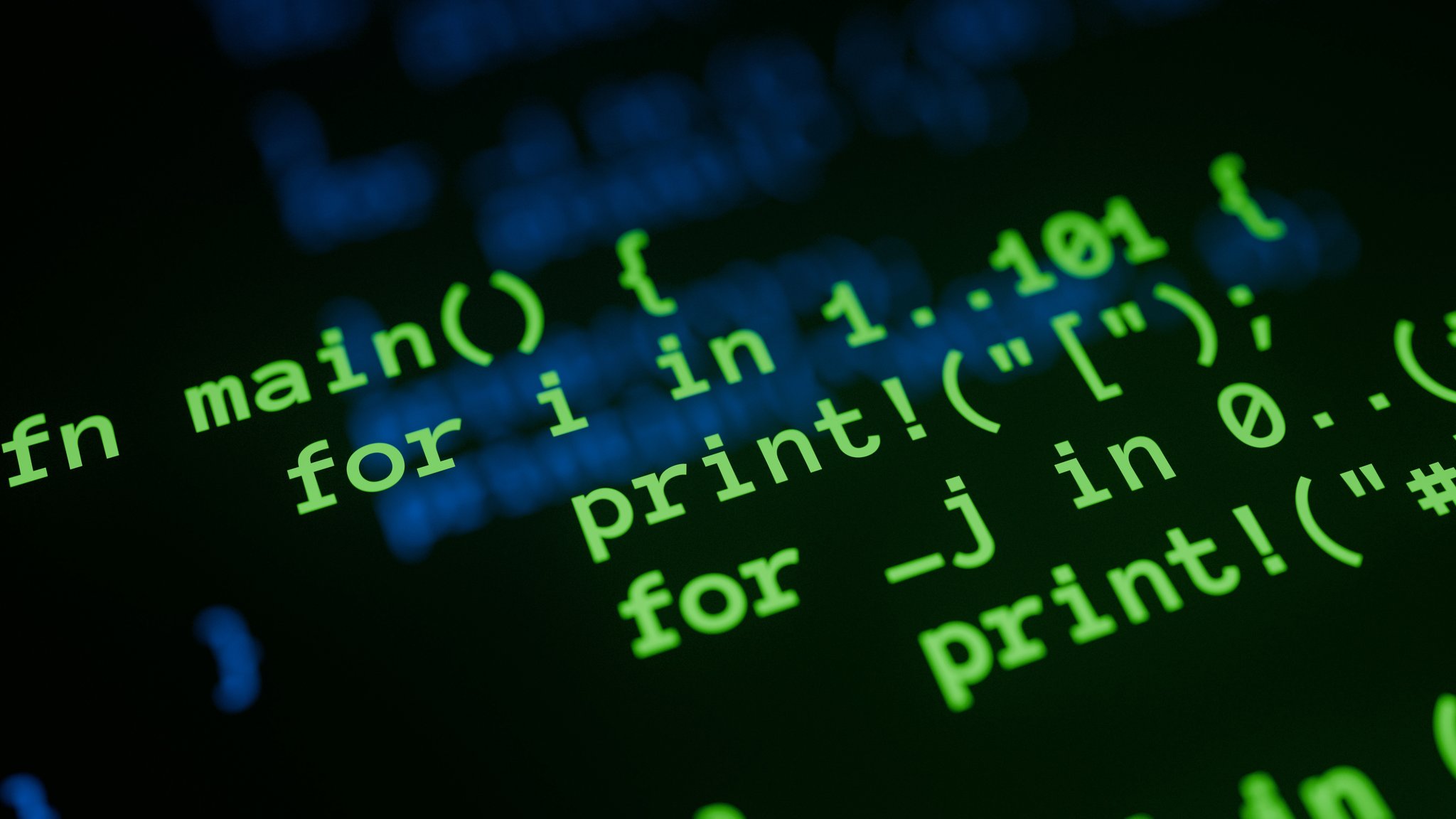Ever wondered why your online transactions feel safer than your last attempt at baking sourdough? Spoiler alert: it’s not magic—it’s PCI DSS standards.
If you’re knee-deep in cybersecurity and data management, then fault tolerance is probably already on your radar. But here’s the twist: PCI DSS standards (Payment Card Industry Data Security Standard) sit right at the intersection of robust cybersecurity measures and keeping systems resilient against unexpected failures. In this post, we’ll deep-dive into how these standards ensure your systems stay up, even when things go sideways. You’ll learn how compliance minimizes risks, actionable steps to achieve it, best practices for success, real-world examples, and answers to frequently asked questions. And yes—there’s a rant about lazy backups involved.
Table of Contents
- Key Takeaways
- Why Fault Tolerance Matters in PCI DSS Compliance
- Step-by-Step Guide to Implementing PCI DSS Standards for Fault Tolerance
- Top Tips & Best Practices for Maintaining Compliance
- Real-World Examples of PCI DSS Success Stories
- FAQs About PCI DSS Standards and Fault Tolerance
- Conclusion
Key Takeaways
- PCI DSS standards play a critical role in ensuring fault tolerance within payment processing systems.
- Compliance reduces risk by enforcing strong encryption, redundancy, and backup protocols.
- Non-compliance can lead to costly fines, reputation damage, and system failures during emergencies.
- Actionable steps include regular audits, testing failover mechanisms, and implementing secure network architecture.
- Avoid common pitfalls like neglecting updates or failing to test disaster recovery plans regularly.
Why Fault Tolerance Matters in PCI DSS Compliance

Image description: A layered diagram illustrating fault tolerance components under PCI DSS requirements.
Fault tolerance isn’t just tech jargon; it’s your lifeline in an increasingly digital world where downtime equals dollars lost—or worse, lawsuits galore. Here’s my confession: I once ignored redundant server setups because “it seemed overkill.” Fast forward six months later, one rogue power outage took down our e-commerce platform for four hours. Customers weren’t happy—let’s just say #CustomerServiceFail trended briefly.
Poor fault tolerance makes systems fragile, but combining it with PCI DSS standards adds resilience. These standards require safeguards such as encrypted data storage, automated backups, and dual-active servers to ensure uninterrupted service—even if something goes horribly wrong. Think of PCI DSS as the life jacket that keeps your ship from sinking during stormy seas of cyberattacks and hardware crashes.
Step-by-Step Guide to Implementing PCI DSS Standards for Fault Tolerance
Step 1: Assess Your Current Fault Tolerance Infrastructure
Start with a vulnerability assessment. Identify weak points—single-point failures are public enemy number one here.
Optimist You: “Follow these auditing tools!”
Grumpy You: “Ugh, fine—but only if coffee’s involved.”
Step 2: Strengthen Network Architecture
Build a dual- or multi-node setup so you always have backup resources ready. This aligns directly with PCI DSS Requirement 9 (Restrict Physical Access).
Step 3: Automate Backups
Set up daily encrypted backups stored offsite. Sounds simple, right? Yet every other business still screws this up.
Step 4: Test Failover Mechanisms Regularly
Schedule drills to simulate system outages. Whirrr… yeah, no time like now.
Top Tips & Best Practices for Maintaining Compliance
Tip 1: Conduct Penetration Testing Annually
This ensures vulnerabilities don’t sneak past unnoticed. Pro tip: hire external ethical hackers—they’re worth their weight in gold.
Tip 2: Train Employees on Security Protocols
Even the most advanced tools won’t help much if Sally from Accounting clicks phishing emails anyway.
Terrible Tip Alert!
I’ve seen businesses rely solely on user passwords instead of two-factor authentication. DON’T BE THAT PERSON.
Real-World Examples of PCI DSS Success Stories
Case Study 1: A global retailer avoided a massive breach after attackers exploited a zero-day vulnerability. Their PCI-compliant infrastructure rerouted traffic seamlessly through secondary nodes, saving millions.
Case Study 2: A mid-sized SaaS provider implemented automation scripts based on PCI DSS guidelines. Result? Zero downtime despite a natural disaster hitting primary servers.
FAQs About PCI DSS Standards and Fault Tolerance
Q1: What are the penalties for non-compliance?
Penalties range from $5,000/month in fines to being banned entirely from accepting card payments.
Q2: Does PCI DSS apply to small businesses?
Yes! Any entity handling credit card info must comply. Size doesn’t matter in the eyes of regulators.
Q3: How often should I audit my systems?
At least annually, plus quarterly vulnerability scans.
Conclusion
We covered everything from why PCI DSS standards are vital for fault tolerance to step-by-step implementation guides and horror stories about ignoring them. Remember, the price of skipping compliance far outweighs the cost of getting it right. So, get those audits done, fortify your backups, and prepare for the unexpected.
And remember, resilience is like Pokémon cards from the ’90s—you never know what kind of attack is coming next! Stay safe out there. 🧠


